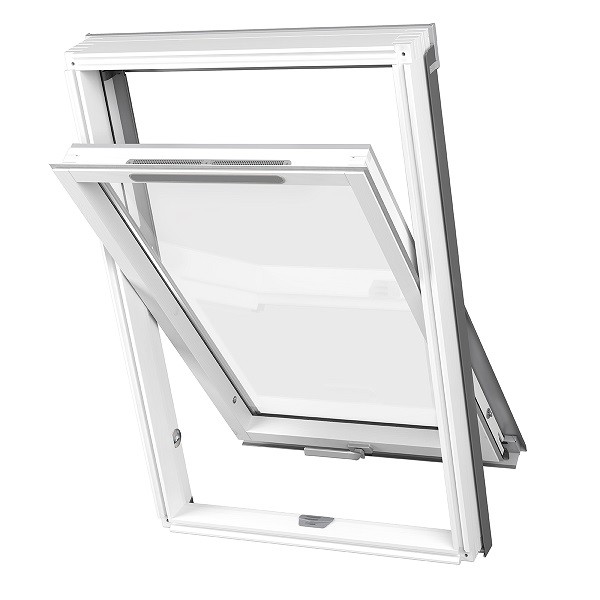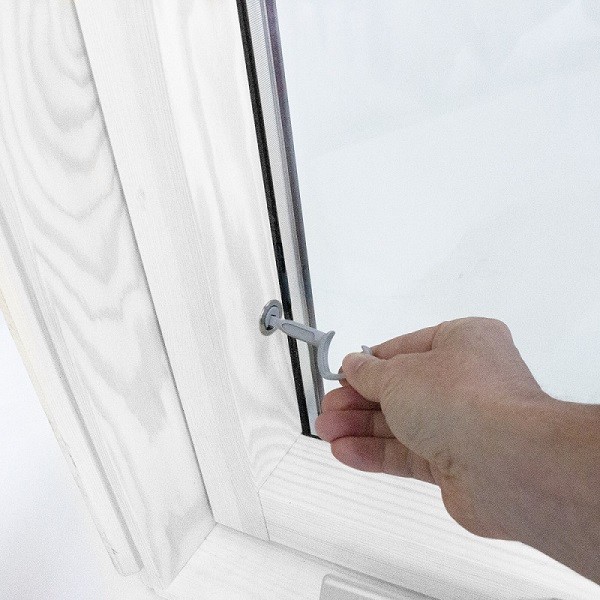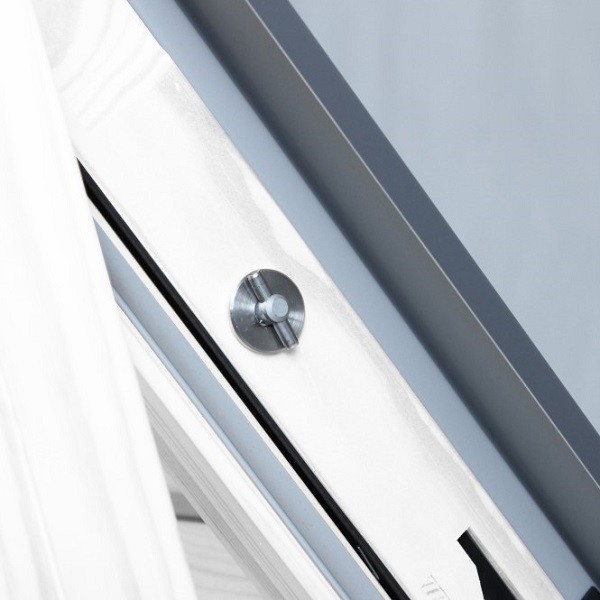When building and designing a house, security is an easily overlooked but essential element. It shouldn’t be an add-on, but rather, an integral part of the way a home is designed. It’s the best way to protect the future occupants and give potential buyers peace of mind. Read our 7 tips for housebuilders and architects on secure house design.
While our tips are directed towards architects and house builders, if you’re a homeowner looking for ways to secure your home, we’ve included some additional tips on how to make your house secure just for you!
1. Assess Entry Points
As an architect or housebuilder, identify vulnerabilities in the house during the design stages. Security shouldn’t be a bolted on measure, but is most effective when considered during the first stages of the design.
Identify all the potential access points on a property. Particularly consider ground floor windows and doors, but don’t exclude entry points higher on a building as thieves could climb to reach them, particularly if they are above a shed or other flat roof, for example. Identify how much of a risk each entry point is and assess whether there are any measures that could be taken to reduce the risk.
For example, considering the security of the windows.
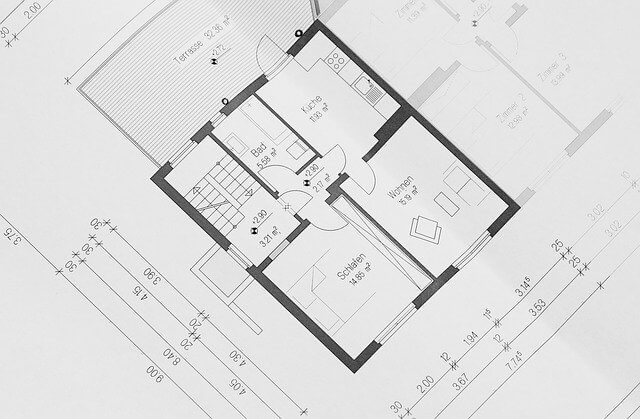
Window Security
Windows are an easy entry point for thieves. Assess the position of windows during the house design stage, particularly on the ground floor, and check that there aren’t windows planned directly above easily accessible flat roofs, such as sheds or garages. If there are, perhaps these can be moved or made smaller to reduce the risk.
There could be other solutions to consider such as positioning windows slightly higher from the ground or installing windows with limited openings. Addressing these during the design stages of a new house build will help to ensure a secure home.
If you identify vulnerabilities that are still important to include to meet the specifications of the build, you could consider other options to reduce the risk. Bars, for example, can be installed on windows in vulnerable positions. These don’t have to be aesthetically intrusive if you select the right style for the building.
Window Type
Avoiding large windows on the ground floor is ideal, but consider how this can be done while still maximising natural light (read our blog on the benefits of natural light in the home). If large windows are a must, position them on the side of the house away from the street, ideally within a fenced garden area.
Roof windows are an effective way to reduce the security risk of windows while providing creative design choices to maximise light.
Standard windows can provide an easy means for potential thieves to spot goods, increasing the risk of a break in. Roof windows are an excellent alternative. They increase natural light in a room and also maximise usable wall space in areas such as kitchens.
View Dakea’s range of professional roof windows for architects and builders.
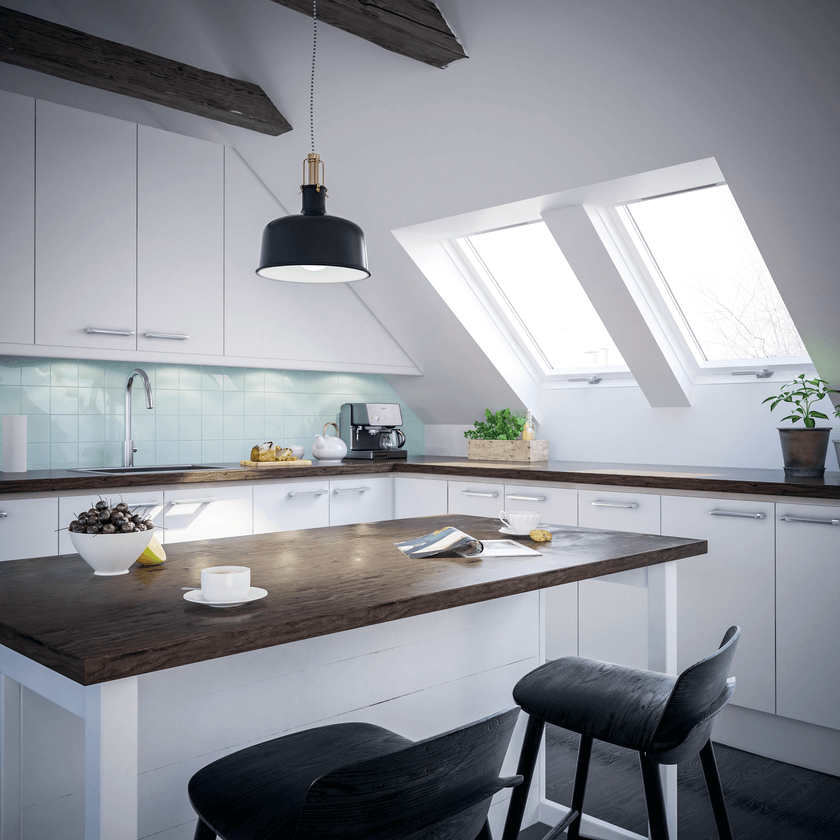
2. Visibility
How is the house viewed from the road or surrounding area? Think about the location of the building in terms of the distance from the road and proximity to street lights. These can act as a deterrent to thieves.
As the architect or house builder, you are likely going to have little control over the distance of the building from the road or street lights, but knowing this information can help you to make intelligent design choices.
Building a wall around a larger property which is close to a road, means trespassers can easily be seen climbing over. Alternatively, minimising front garden space on smaller houses means that trespassers will easily be seen by pedestrians if trying to break into the building during the day.
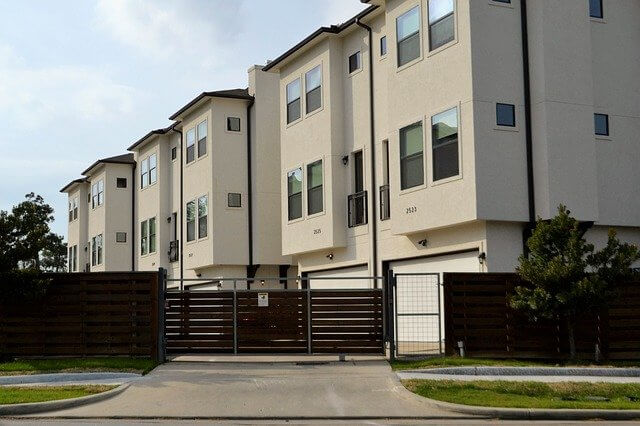
3. Roof window & skylight security
It’s not just the positions of windows that are important to consider during a secure house design, but also the quality and features of the windows themselves.
Fixed windows, that can’t be opened, are one option for security. However, these are usually only viable in certain situations — as all homes benefit from openable windows, particularly in the summer or to prevent damp issues. (If you think this is going to be an issue in your house design, you might find our blog on preventing window condensation helpful.)
Secure Windows
When selecting a secure window look for:
- A toughened or reinforced external pane
- A laminated internal pane (both of these prevent breaking)
- Reinforced hinges
- A locking system – a discrete system is preferable as often homeowners want security without it being aesthetically invasive
- A passive ventilation system so the window doesn’t have to be open to encourage good ventilation in the building
- A glued pane to the sash – this prevents dismantling to access the window
- A recognised EN 1627 harmonized European standard such as the RC2 burglary resistance classification
Dakea’s Secure White range includes all these features and is the best choice for a high security roof window.
Our windows have also undergone rigorous testing to ensure they are as secure as possible including static loading – applying pressure of 300kg to potential weak points such as locks, glass infills and corners; dynamic loading – testing with a pendulum impactor on each corner of the glass; and, finally, manual break-in attacks which involved our testers attempting to break the windows using a variety of tools.
Using these tests, we can say that our Secure White products are some of the most secure roof window options on the market.
If you want to work with a leading manufacturer on your house builds, get in touch today or explore our windows.
4. Secure door design
While windows are essential to consider in a secure house design, many burglars use the front door. As the builder or architect on a project, selecting a secure door for both the front and back can make a big difference in overall house security.
For example, although sliding glass doors can be great for maximising natural light in back rooms, they aren’t a good option for security. It’s better to install standard doors with an additional window or roof window in the room. Similarly, avoid glass features and windows on the front door too. Even small windows can be broken and used as a way to reach keys or the internal lock.
If you do choose doors with glass windows as a design feature in the building, consider stained or textured glass to prevent thieves from seeing where keys are hung or stored near the entryway.
An effective locking system is also essential. Deadbolts are the strongest lock and are the best option for the highest security measures on doors. Also consider the security of cat flaps if these are being installed in the build – although likely this will be the responsibility of the homeowner. Many modern cat flaps can only be opened by a pet with a chip registered to the house. These make them more secure and also prevent neighbour cats getting into the home!
In house builds where security is a particular concern, consider an additional electronic door lock as part of the house design and build. Many require codes or even fingerprint scans to unlock the door, although this does come with additional costs for which not all projects will have the budget!
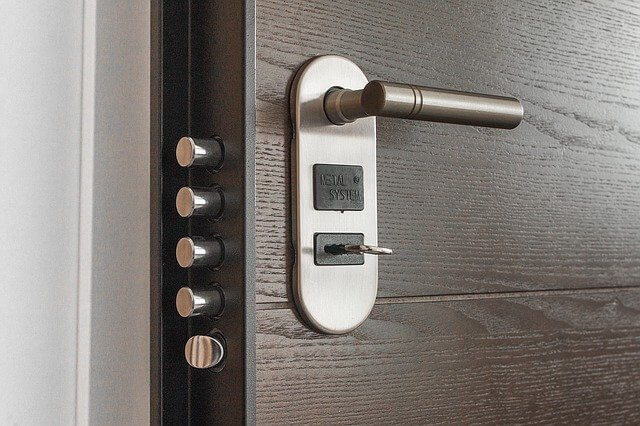
5. A security system
Leave space for the home buyers to install security cameras in your design of the building, or you could install them as part of the house build, depending on the project’s scope.
This could mean designing an external porch area, for example, with wall space for a camera – or simply ensuring there is space on the external walls to install cameras.
CCTV is a massive crime deterrent and does prevent burglaries. If there is scope in the project to have this installed during the build, it could greatly increase the house’s value and curb-appeal.
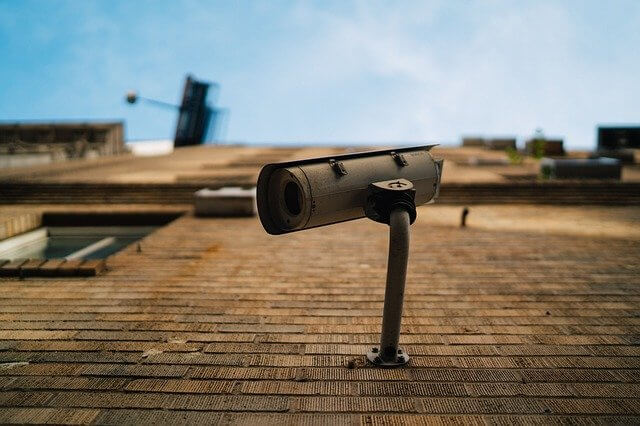
6. Design attractive outdoor lighting
External lights that trigger when movement is detected are a great deterrent. When designed well, they can also make the house look inviting and aesthetically pleasing. As the architect, consider how outdoor lighting can be used in the home to the best visual appeal and practical effect.
The most effective deterrents are motion sensor lights, particularly bright lights that light up doorways, passages or potential entry points.
When you’re designing a new build, consider where thieves are likely to try to enter a building and plan to include motion activated lights in these areas. If your project doesn’t have scope to install these during the build, then ensuring there is space available for the future homeowner to install them can be extremely helpful.
If the building is accessed through a passageway, installing a light here is an important feature. Sensor lights should be installed in both the back garden and front access areas.
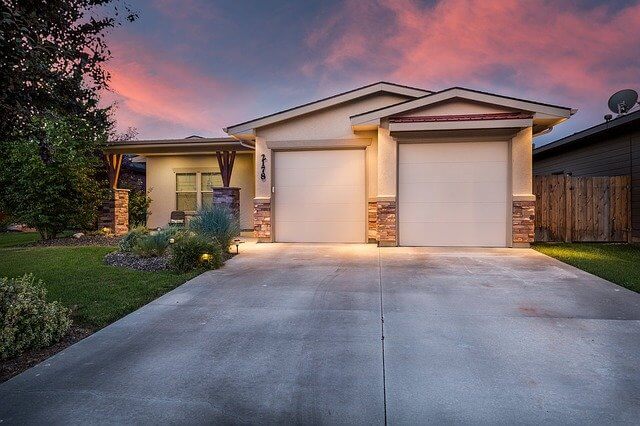
7. Garden design
The landscape architecture of a home design is also essential. Simple deterrents can be effective in adding to the building’s security, such as holly bushes or other spiky plants underneath entry points, or a gravel path that crunches noisily if walked on. Some of these features will be the responsibility of the future homeowner, but planning where to include a hedge or garden area can affect the security of the house design.
A minimalistic garden can also reduce hiding spots. Keep the garden features small or low to the ground. For example, a back garden could feature a large lawn space with a tree towards the back. Keeping tall trees and features back from the house prevents thieves from climbing them to access higher entry points and creates exposed space to reduce hiding spots.
A fence, wall or hedge around the property can minimise ‘window-shopping’ of thieves from the pavement, preventing them from seeing into the property and deciding to target it. Be sure that the access point into the property, such as the gate, is strong and has a locking mechanism.
There are many ways to build a secure house and factor security into the design on the building. If you want more support, get in touch with Dakea or explore our architect support or housebuilder support pages.

How to make your house secure as a homeowner
If you’re moving into a new home, or want to improve the security of your current home, then try these tips. If you’re looking at getting an extension, converting your attic or making bigger changes to your home, you might want to talk to your architects about some of the above suggestions to improve house security during the design phase.
